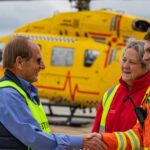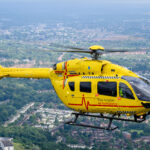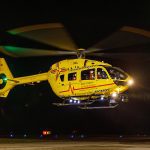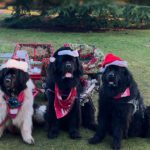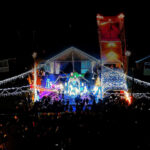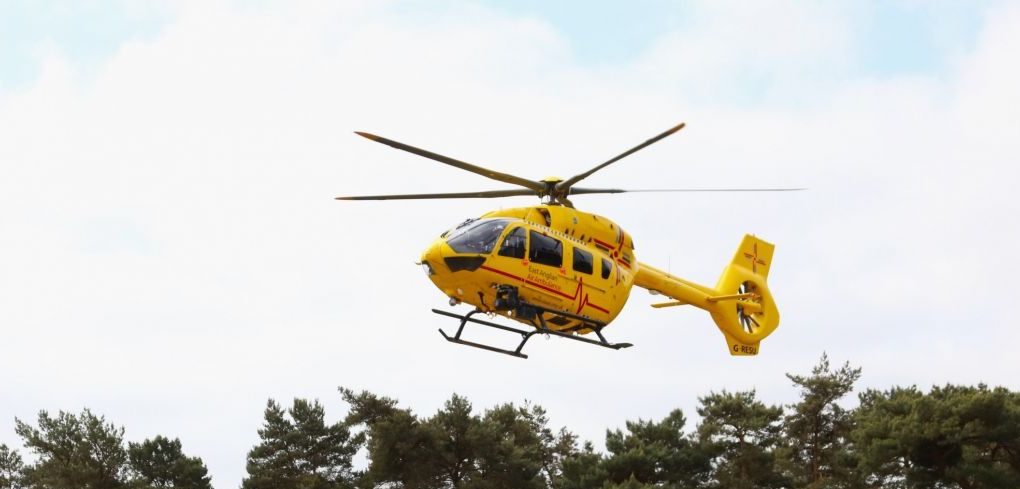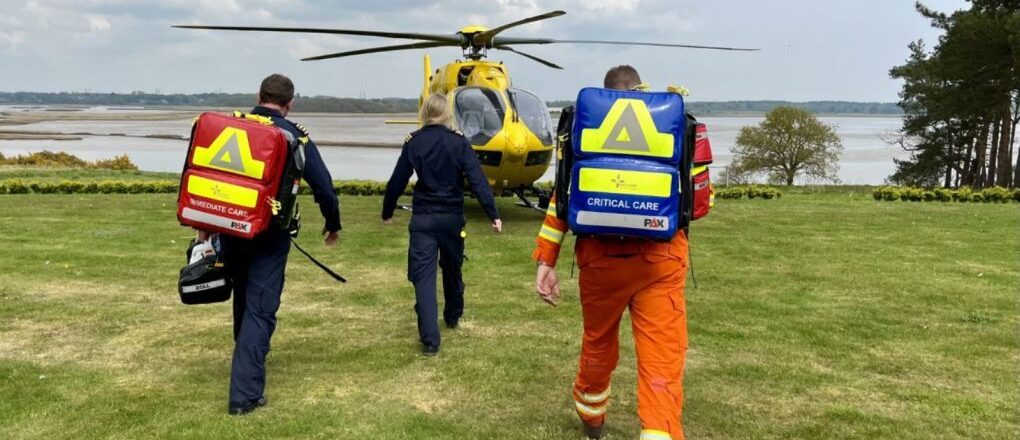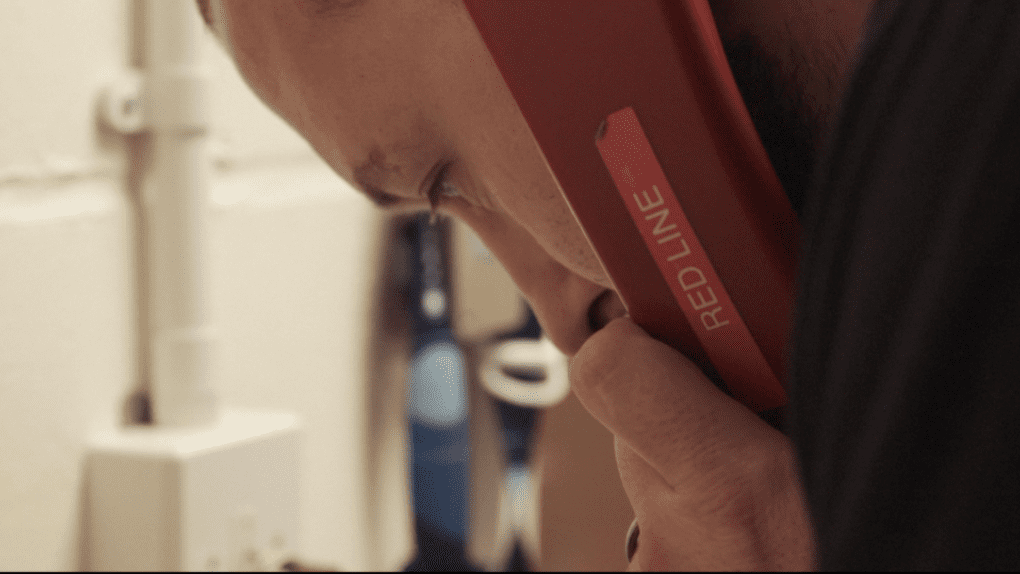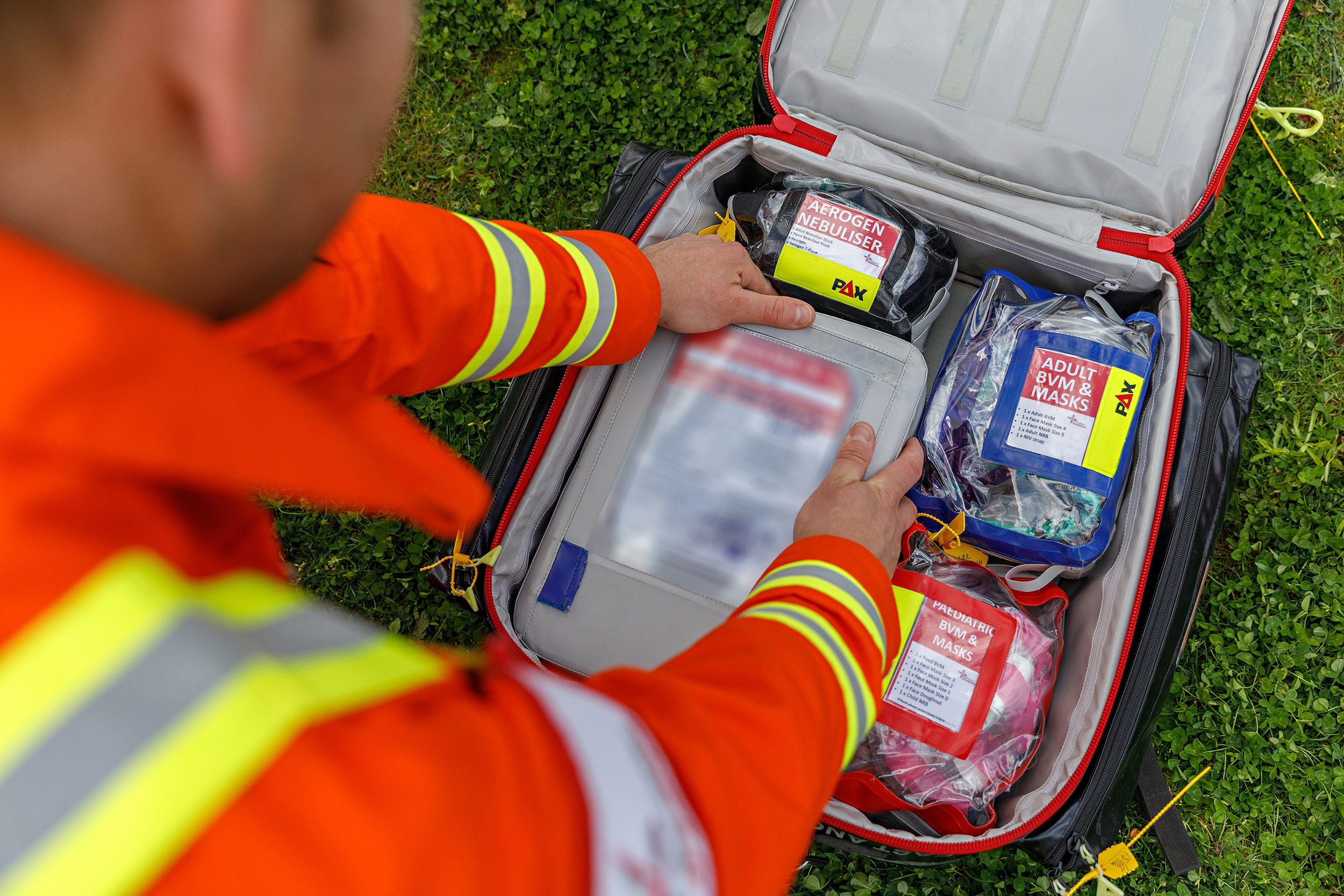13 Jan 2025
A helicopter swap for winter
The keen-eyed among you may have noticed that our Norwich and Cambridge helicopters, G-RESU and G-HEMC, have swapped bases. This is a temporary change for the winter months.
The reason for this is due to G-RESU’s (which usually flies from Norwich) additional air filters. These are called Inlet Barrier Filters (IBFs) and they help to protect the engines from the sandy and dusty conditions in and around our coastline. This is great for the summer months but is not needed so much during the winter.
There are additional considerations for G-RESU due to the IBFs at this time of year:
The helicopter can’t fly in low temperatures (below +5 degrees Celsius) with visible moisture (clouds, fog, mist) in the air as the Inlet Barrier Filters are more prone to blocking through icing.
It also means G-RESU can’t fly through sleet or snow with less than 1,500m visibility.
The helicopter can’t hover for more than one minute in ‘blowing snow’ i.e. the snow lifted by the aircraft’s downwash. This is particularly an issue for HEMS operating sites in the winter.
G-HEMC, usually based at Cambridge, has standard engine air filtration and no IBFs fitted so it can fly through visible moisture (clouds, fog, mist) as long as temperatures are above zero degrees Celsius.
Visible moisture is harder to see when it’s dark, and it’s often colder at night. The Norwich-based helicopter flies 24/7 so does more flying during the hours of darkness than the Cambridge-based aircraft, therefore we have appropriately positioned the aircraft given the IBF restrictions and flying in the cold.
The two H145 helicopters, pilots and engineers are provided by our aviation partner, Babcock. The H145 can carry two pilots, up to three clinicians and a patient. It has an average cruising speed of 140mph and can cover 20 miles in less than 10 minutes. This allows us to get anywhere in the 5,326 square miles we cover quickly to bring urgent critical care directly to the scene of medical emergencies.
